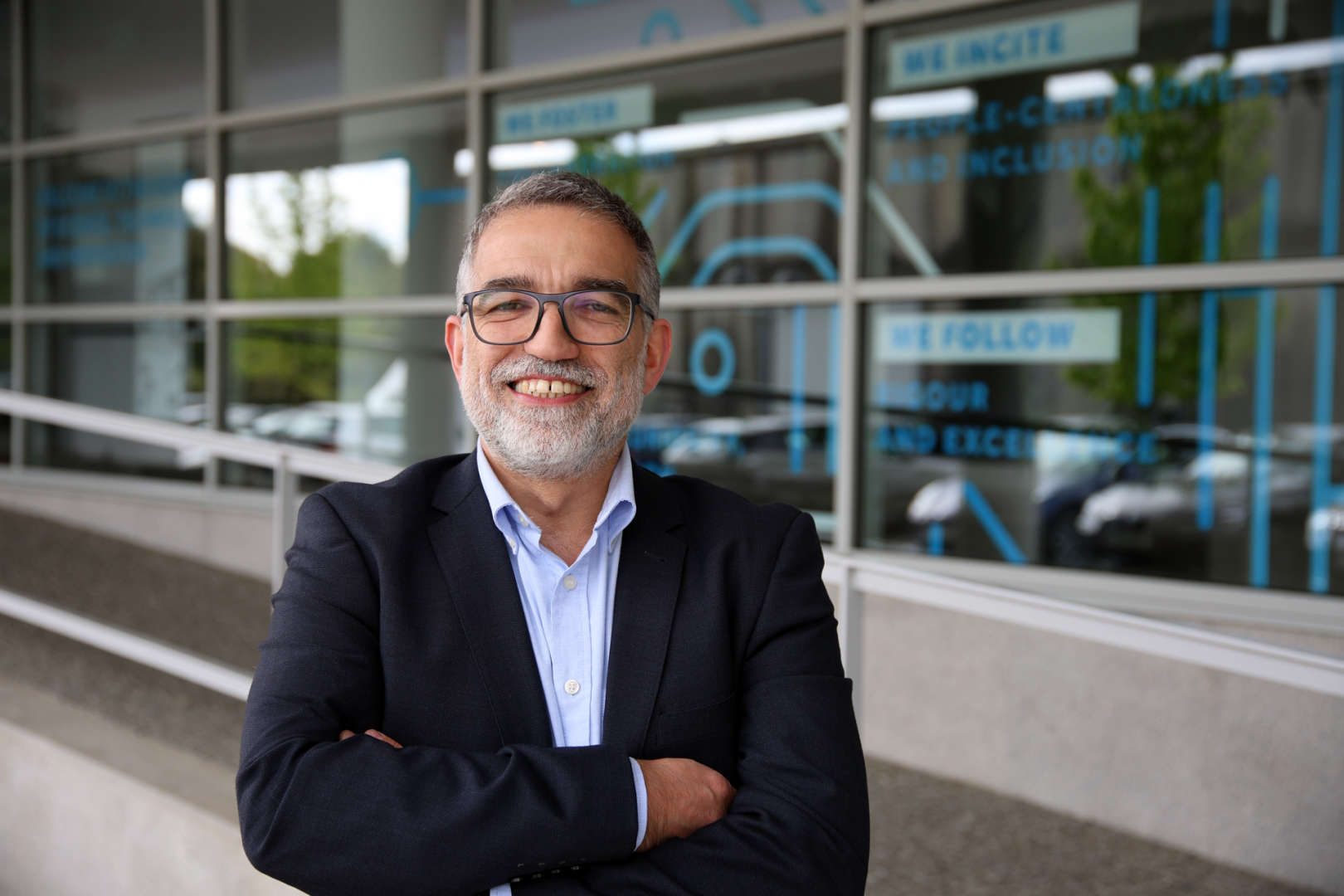About
Nuno Cruz holds a MSc. in Digital Systems Engineering from UMIST, UK, and a PhD. in Electrical Engineering from the University of Porto, in Portugal. He is currently an Associate Professor at the Faculty of Engineering of the University of Porto and a Coordinator at the Centre for Robotics and Autonomous Systems at INESC TEC. Nuno Cruz is a Senior Member of the IEEE Oceanic Engineering Society, the chair of the Portuguese Chapter of IEEE OES, and an Associate Editor of the IEEE Journal of Oceanic Engineering. He has over 125 publications in journals and proceedings of international conferences. He has been involved in the development and deployment of marine robotic vehicles for more than 30 years, leading the design of multiple autonomous vehicles at the University of Porto and INESC TEC, namely the Zarco and Gama ASVs and the MARES, TriMARES and DART AUVs. His current research interests include the development of strategies for the efficient use of autonomous vehicles at sea, including the concept of adaptive sampling.


